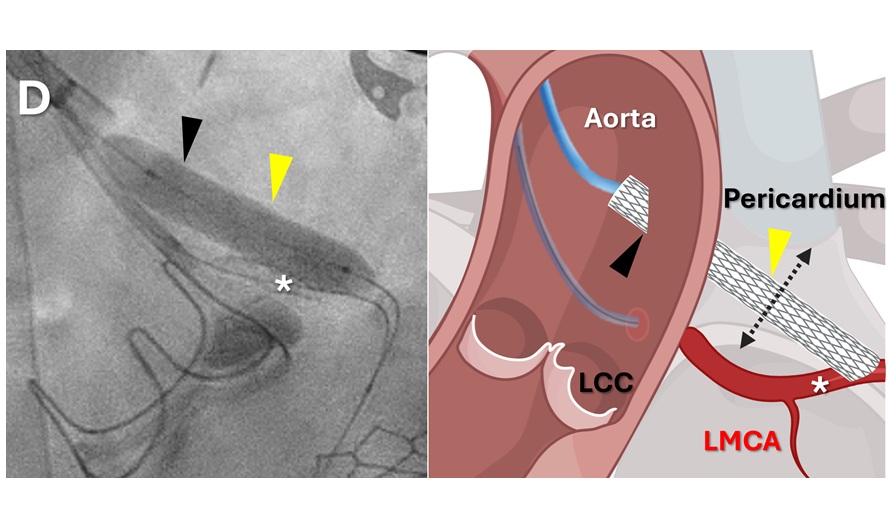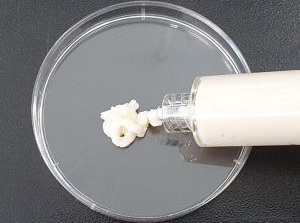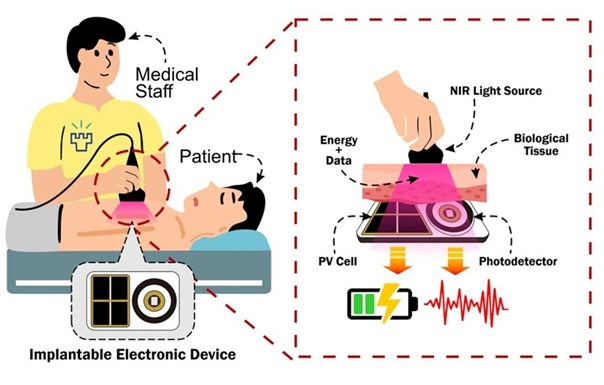FDA Urges Hospitals to Check Mattresses
|
By HospiMedica International staff writers Posted on 16 May 2013 |
The US Food and Drug Administration (FDA, Silver Spring, MD, USA) urge healthcare professionals to replace worn medical bed mattress covers to prevent the spread of contamination.
The warning follows 458 reports submitted to the FDA of medical bed mattress covers failing to prevent blood and body fluid ingress between January 2011 and January 2013. Fluid ingress may occur if mattress covers become worn or damaged from small holes or rips in the fabric or from incorrect cleaning, allowing effusions from one patient to penetrate the cover and leak out later, when another patient is placed on the same bed. Damaged covers can also lead to the mattress itself retaining seeping fluids, and the zipper on the mattress cover may also allow fluid to penetrate the mattress.
The FDA therefore recommend that healthcare professionals regularly inspect the mattress covers for visible signs of damage, removing them and inspecting their inside surface (as well as the mattress itself), for any visible signs of damage or wear such as cuts, tears, cracks, pinholes, snags or stains. Once the mattress cover is removed, the mattress should also be inspected for wet spots, staining, or signs of damage or wear on all sides, including the bottom of the mattress. Any medical bed mattress and/or cover with visible signs of damage or wear should be replaced immediately.
“Inspection may prove challenging because most mattress covers are a dark color,” cautioned the FDA. “Healthcare professionals should also create an inspection plan for all mattress covers used in the facility, and any damaged or leaking mattress covers should be replaced immediately.”
Medical bed mattress covers protect mattresses by keeping blood and body fluids from getting into the core of the mattress through water-resistance, waterproofing, or water repelling. These effects may be diluted over time and may vary from mattress cover to mattress cover. Healthcare staff may be largely unaware of the hazards posed by damaged protective coverings on medical beds and risks associated with them, including widespread contamination during infection outbreaks.
Related Links:
US Food and Drug Administration
The warning follows 458 reports submitted to the FDA of medical bed mattress covers failing to prevent blood and body fluid ingress between January 2011 and January 2013. Fluid ingress may occur if mattress covers become worn or damaged from small holes or rips in the fabric or from incorrect cleaning, allowing effusions from one patient to penetrate the cover and leak out later, when another patient is placed on the same bed. Damaged covers can also lead to the mattress itself retaining seeping fluids, and the zipper on the mattress cover may also allow fluid to penetrate the mattress.
The FDA therefore recommend that healthcare professionals regularly inspect the mattress covers for visible signs of damage, removing them and inspecting their inside surface (as well as the mattress itself), for any visible signs of damage or wear such as cuts, tears, cracks, pinholes, snags or stains. Once the mattress cover is removed, the mattress should also be inspected for wet spots, staining, or signs of damage or wear on all sides, including the bottom of the mattress. Any medical bed mattress and/or cover with visible signs of damage or wear should be replaced immediately.
“Inspection may prove challenging because most mattress covers are a dark color,” cautioned the FDA. “Healthcare professionals should also create an inspection plan for all mattress covers used in the facility, and any damaged or leaking mattress covers should be replaced immediately.”
Medical bed mattress covers protect mattresses by keeping blood and body fluids from getting into the core of the mattress through water-resistance, waterproofing, or water repelling. These effects may be diluted over time and may vary from mattress cover to mattress cover. Healthcare staff may be largely unaware of the hazards posed by damaged protective coverings on medical beds and risks associated with them, including widespread contamination during infection outbreaks.
Related Links:
US Food and Drug Administration
Latest Patient Care News
- Revolutionary Automatic IV-Line Flushing Device to Enhance Infusion Care
- VR Training Tool Combats Contamination of Portable Medical Equipment
- Portable Biosensor Platform to Reduce Hospital-Acquired Infections
- First-Of-Its-Kind Portable Germicidal Light Technology Disinfects High-Touch Clinical Surfaces in Seconds
- Surgical Capacity Optimization Solution Helps Hospitals Boost OR Utilization

- Game-Changing Innovation in Surgical Instrument Sterilization Significantly Improves OR Throughput
- Next Gen ICU Bed to Help Address Complex Critical Care Needs
- Groundbreaking AI-Powered UV-C Disinfection Technology Redefines Infection Control Landscape
- Clean Hospitals Can Reduce Antibiotic Resistance, Save Lives
- Smart Hospital Beds Improve Accuracy of Medical Diagnosis
- New Fast Endoscope Drying System Improves Productivity and Traceability
- World’s First Automated Endoscope Cleaner Fights Antimicrobial Resistance
- Portable High-Capacity Digital Stretcher Scales Provide Precision Weighing for Patients in ER
- Portable Clinical Scale with Remote Indicator Allows for Flexible Patient Weighing Use
- Innovative and Highly Customizable Medical Carts Offer Unlimited Configuration Possibilities
- Biomolecular Wound Healing Film Adheres to Sensitive Tissue and Releases Active Ingredients
Channels
Surgical Techniques
view channel
Minimally Invasive Coronary Artery Bypass Method Offers Safer Alternative to Open-Heart Surgery
Coronary artery obstruction is a rare but often fatal complication of heart-valve replacement, particularly in patients with complex anatomy or prior cardiac interventions. In such cases, traditional open-heart... Read more
Injectable Breast ‘Implant’ Offers Alternative to Traditional Surgeries
Breast cancer surgery can require the removal of part or all of the breast, leaving patients with difficult decisions about reconstruction. Current reconstructive options often rely on prosthetic implants... Read morePatient Care
view channel
Revolutionary Automatic IV-Line Flushing Device to Enhance Infusion Care
More than 80% of in-hospital patients receive intravenous (IV) therapy. Every dose of IV medicine delivered in a small volume (<250 mL) infusion bag should be followed by subsequent flushing to ensure... Read more
VR Training Tool Combats Contamination of Portable Medical Equipment
Healthcare-associated infections (HAIs) impact one in every 31 patients, cause nearly 100,000 deaths each year, and cost USD 28.4 billion in direct medical expenses. Notably, up to 75% of these infections... Read more
Portable Biosensor Platform to Reduce Hospital-Acquired Infections
Approximately 4 million patients in the European Union acquire healthcare-associated infections (HAIs) or nosocomial infections each year, with around 37,000 deaths directly resulting from these infections,... Read moreFirst-Of-Its-Kind Portable Germicidal Light Technology Disinfects High-Touch Clinical Surfaces in Seconds
Reducing healthcare-acquired infections (HAIs) remains a pressing issue within global healthcare systems. In the United States alone, 1.7 million patients contract HAIs annually, leading to approximately... Read moreHealth IT
view channel
EMR-Based Tool Predicts Graft Failure After Kidney Transplant
Kidney transplantation offers patients with end-stage kidney disease longer survival and better quality of life than dialysis, yet graft failure remains a major challenge. Although a successful transplant... Read more
Printable Molecule-Selective Nanoparticles Enable Mass Production of Wearable Biosensors
The future of medicine is likely to focus on the personalization of healthcare—understanding exactly what an individual requires and delivering the appropriate combination of nutrients, metabolites, and... Read moreBusiness
view channel
Philips and Masimo Partner to Advance Patient Monitoring Measurement Technologies
Royal Philips (Amsterdam, Netherlands) and Masimo (Irvine, California, USA) have renewed their multi-year strategic collaboration, combining Philips’ expertise in patient monitoring with Masimo’s noninvasive... Read more
B. Braun Acquires Digital Microsurgery Company True Digital Surgery
The high-end microsurgery market in neurosurgery, spine, and ENT is undergoing a significant transformation. Traditional analog microscopes are giving way to digital exoscopes, which provide improved visualization,... Read more
CMEF 2025 to Promote Holistic and High-Quality Development of Medical and Health Industry
The 92nd China International Medical Equipment Fair (CMEF 2025) Autumn Exhibition is scheduled to be held from September 26 to 29 at the China Import and Export Fair Complex (Canton Fair Complex) in Guangzhou.... Read more















